The Largest Organic Winery in the World
Emiliana in Chile is the world’s largest organic winery and, if that wasn’t enough, the company also employs a wide range of biodynamic practices and was the first Latin American winery to have its wines certified by Demeter. Even for a small winery, implementing biodynamics represents a serious commitment, but for a winery to make this effort for over 1000 hectares of their vineyards is very impressive indeed. The Chilean winemaker is also committed to Fair Trade and being carbon neutral, further efforts to applaud them on.
Visiting the welcome centre located in the Casablanca valley, less than an hour’s drive from the capital Santiago, you would never guess that Emiliana is a very large winery. Between its four production centres in four different wine regions, it can bottle over 20 million litres of wine a year but as you cannot see the multi-million dollar investment in machinery, tanks and barrels this wouldn’t occur to you. The Emiliana tourism experience is an intimate one and revolves around its vineyard management practices and biodynamic philosophy. Their achievements have been trailblazing and are something they are rightly proud of. The vineyard tours predictably and happily end with a wine tasting and the chance to buy some of their excellent wines with generous discounts.
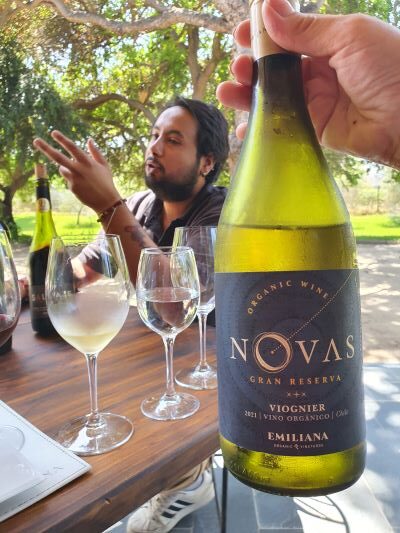
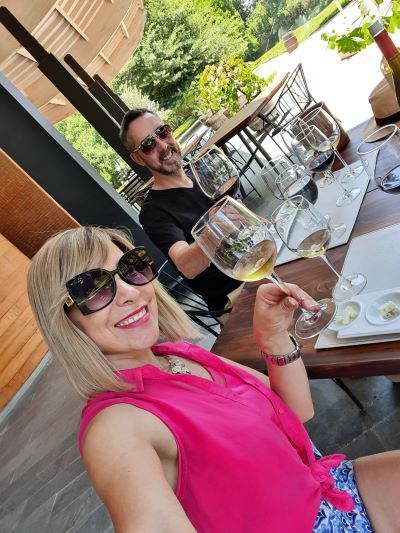
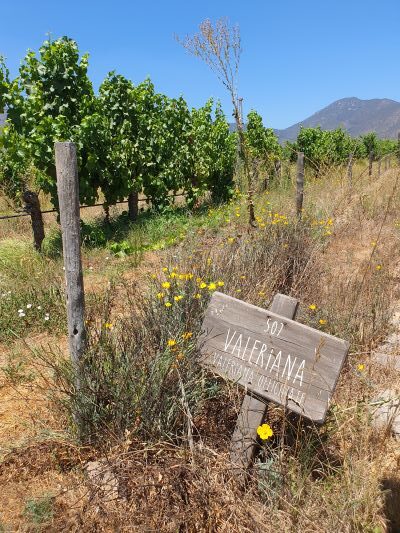
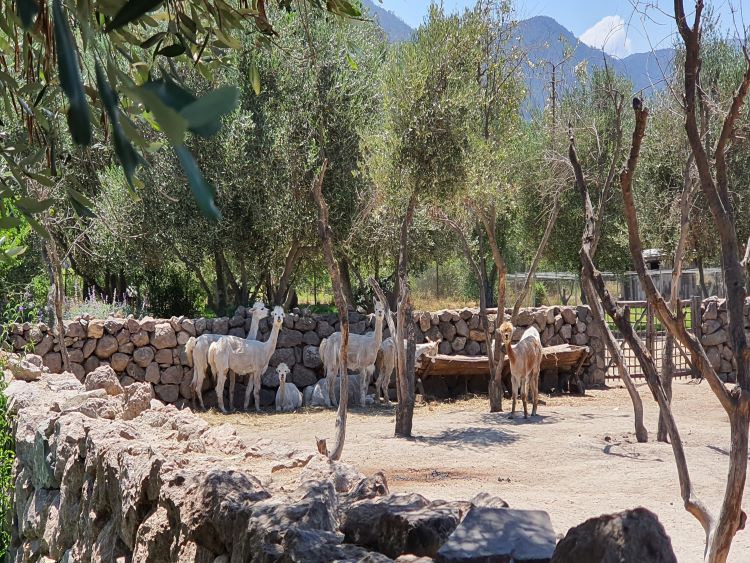
The fine details of organic or biodynamic viticulture and winemaking would be best covered by an expert when you visit this winery, but I will mention some key concepts to highlight the major differences with “conventional” winemaking.
In organic farming, the elimination of the use of chemical pesticides and fertilizers is a core requirement as you might imagine, as is not adding sulfites to the wine. The fermentation process itself produces up to 10ppm of sulfites anyway, so the wine is never completely sulfite-free, but it can be certified as having “no added sulfites”. Yeast should also be native and naturally occurring, plus the wines may or may not be fined and/or filtered, etc.
So while organic winemaking requires some extra expense, often that investment will be recovered with reductions in the cost of chemical products required plus the premium that some consumers are willing to pay for organic wine. Organic producers will sometimes go a little further and employ some sustainable and ethical practices.
Then we have winemakers such as Emiliana, who are willing to go the whole hog by employing biodynamic viticulture and oenology. Elements of organic, sustainable, ethical and biodynamic philosophies will often be blended, according to what individual wineries are willing (or able) to do, to improve soil health, biodiversity and the local ecosystem, water usage, the winery´s carbon footprint and also the working environment for employees. Exponents of this approach say that the expression and character of the wine are also improved, and there are several well-reasoned arguments as to why this might be true.
People at Emiliana told us that the company employs virtually all of the biodynamic practices, at least for a certain selection of their wines. The complete list of activities that Rudolf Steiner helped develop nearly 100 years ago is an extensive one and if you wish to read an in-depth article on the subject, this one is excellent.
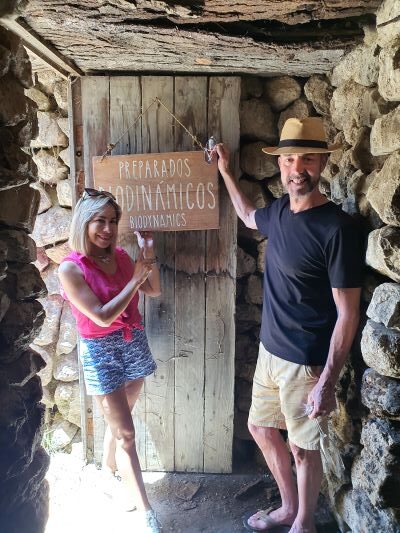
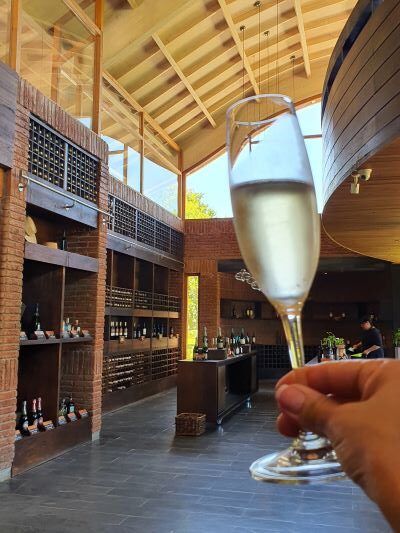
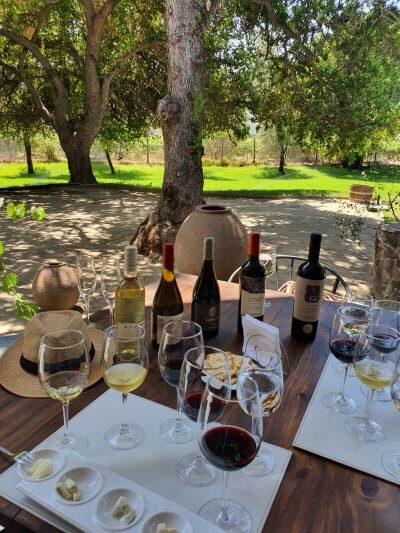
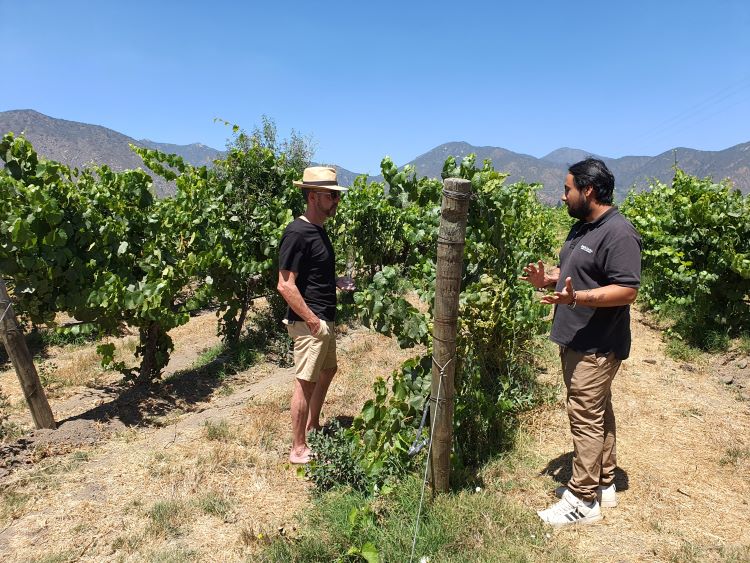
Biodynamics requires a holistic approach to managing soil health, vine and grape development, pest control, water resources and other important factors in the vineyard. End and inter-row vegetation is planted and managed, improving biodiversity, fixing and returning nutrients, preventing erosion, and encouraging beneficial animals and insects to make the vineyard their home. Chemicals are heavily restricted, the use of machines is greatly reduced, animals are allowed to roam and create natural fertilizer, and special preparations of plants and minerals are mixed and spread on the soils of the vineyard. Added to this are modifications made in the winemaking plant, cellars and other production areas such as bottling, modifications are made concerning packaging and also in marketing and human resources.
The most unusual aspect of biodynamics is that some winemaking practices are undertaken according to the position of celestial bodies! The moon and some constellations in the night sky are used to guide certain activities, such as pruning and picking. Visiting a vineyard for a short time it would be impossible to prove that these mystical practices are being done but certainly, other things are obvious if you know what to look for. Are there cover crops between, and around the rows? Is there a garden with certain herbs and flowers being grown? Are there animals on site?
At Emiliana, these last few questions are met with a resounding yes! On your tour, you are even shown the room, under the alpaca pen, where the different biodynamic preparations for the soil are mixed. The aforementioned alpacas, plus sheep and geese are freed to roam at certain periods of the year, and all of the herbs and flowers needed for the preparations are growing in their gardens. These gardens include vegetable patches and fruit trees that employees can manage for themselves, and wool is sheared from the alpacas and gifted.
And the wine? Well, without a doubt this company has lots of experience and investment power and knows what it is doing. All of their wines are very well made, and balanced, and have plenty of intensity and concentration. A large winery like this one benefits from economies of scale, meaning that its wines are very reasonably priced across the entire portfolio. This is a winery you should add to your wish list while you are in Chile. If you cannot make it down here to South America make sure you ask your wine merchant if they stock Emiliana wines and try organic and biodynamic wines for yourself, safe in the knowledge that the world will be slightly healthier for it.

